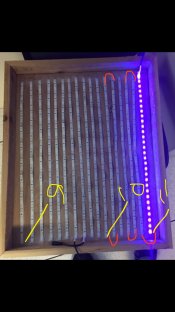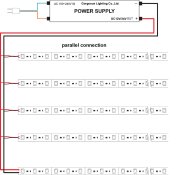fgorga
Member
No alt process needs UVC -- thank goodness. Most are highly sensitive to UVB, but is also hazoudous to work with. The glass of the contact printing frame would block 95% of the UVB and I believe all of the UVC. So we typically use UVA, with some variations in the processes as to sensitivity and wavelength.
This is correct... the shorter the wavelength the more hazardous the UV. UV-C the shortest wavelengths of UV and UV-A the longest consideed to be UV. UV-C is very hazardous to human health. It is germicidal because it damages DNA. It is not selective... it damages human DNA as well as bacterial or viral DNA. UV-C is a carcinogen and it causes acute damage to the eyes. Humans should not be exposed to UV-C. In situations where UV-C is used there are interlock mechanisms built into the devices to insure the lights go off before the door is opened... so to speak.
As for the transmission of UV through common materials. Glass will transmit some into the UV-B range, but not far. In the lab we would switch from glass to quartz if we needed good transmission below about 300 nm.
Incidentally, common clear plastics are essentially opaque to UV radiation, with transmission falling off very quickly below 400 nm to essentially zero by 300 nm. This includes acrylics (Plexiglass/Perspex) and polycarbonate (Lexan) which are sometimes used instead of glass for glazing. Thus, these glass substitutes are not useful for alternative process printing.




